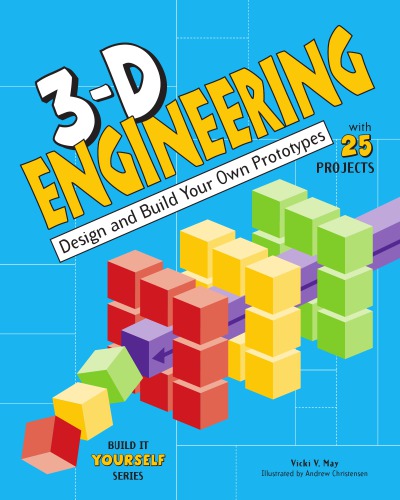

Most ebook files are in PDF format, so you can easily read them using various software such as Foxit Reader or directly on the Google Chrome browser.
Some ebook files are released by publishers in other formats such as .awz, .mobi, .epub, .fb2, etc. You may need to install specific software to read these formats on mobile/PC, such as Calibre.
Please read the tutorial at this link: https://ebookbell.com/faq
We offer FREE conversion to the popular formats you request; however, this may take some time. Therefore, right after payment, please email us, and we will try to provide the service as quickly as possible.
For some exceptional file formats or broken links (if any), please refrain from opening any disputes. Instead, email us first, and we will try to assist within a maximum of 6 hours.
EbookBell Team

0.0
0 reviewsBridges, skyscrapers, helicopters, and nightlights are all very useful things! But how did somebody come up with the idea for these things, and how did people figure out how to build them?
In 3-D Engineering: Design and BuildYour Own Prototypes, young readers apply science and math skills to tackle real-life engineering problems by figuring out real-life solutions. Prototypes are preliminary models used by engineers - and kids - to evaluate ideas and to better understand how things work. Using a structured engineering design process, kids learn to brainstorm, build and test a prototype, and redesign. Projects include designing a cardboard chair to understand the stiffness of structural systems and designing and building a set of pan pipes to experiment with pitch and volume in music.
Creating prototypes is a key step in the engineering design process. While many will not work as planned, this is exactly how engineers learn and make improvements to their designs.
By trying and retrying, kids learn the value of persistence.
3-D Engineering empowers kids to discover the mechanics of the world we know.
Ages: 9–12
Guided Reading Level W
ISBN Softcover: 978-1-61930-315-7
ISBN Hardcover: 978-1-61930-311-9